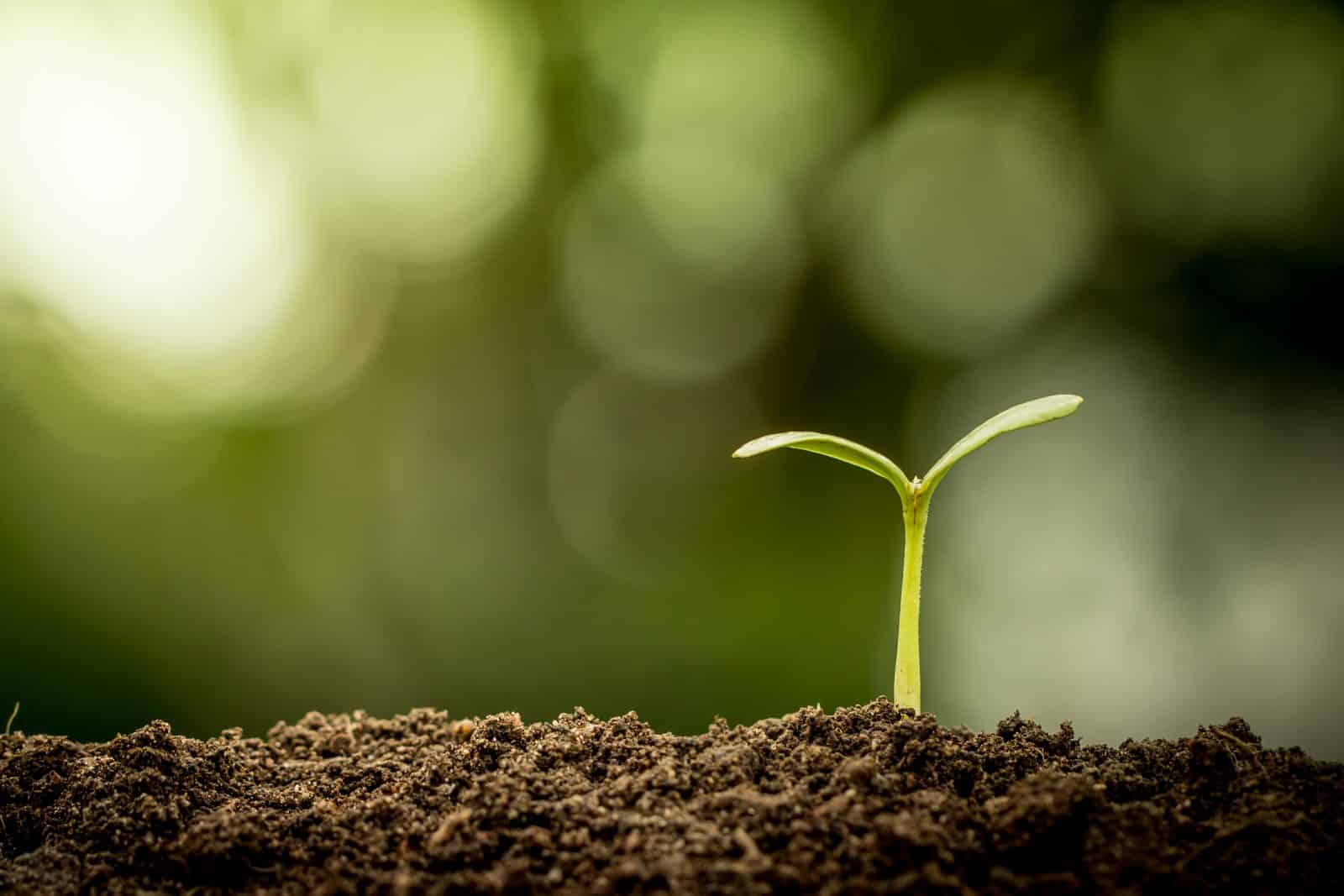EarthOptics announced the launch of its Soil Carbon Project, a product labeling initiative to benefit the consumer packaged goods (CPG) industry. By serving as the one-stop shop for soil carbon measurement, EarthOptics enables CPG companies to quantitatively demonstrate to customers that the agriculturally sourced ingredients of each climate-smart product positively contribute to world carbon neutrality goals through verified net additions of soil carbon.
Soil carbon sequestration is an important piece of the climate-change mitigation puzzle since almost 45% of global soil is used for agricultural purposes, and soil can store about 2.3 times the amount of carbon compared to the carbon in atmospheric CO2 and 3.5 times more than in living plants. CPG companies partnering with EarthOptics to implement the Soil Carbon Project will be able to accurately measure and display on qualifying climate-smart product packaging the amount of carbon removed from the atmosphere and stored in the soil where the agricultural ingredients were harvested.
To qualify for the EarthOptics Soil Carbon Project, a product must contain raw ingredients that are grown in soil where they draw down carbon from the atmosphere to store in the soil. The label will clearly display in pounds how much CO2 was removed from the atmosphere and stored in the soil during the crop season. This information is validated through cutting-edge EarthOptics technology that combines on-field sensors, patented ML and baseline soil core samples to bring unmatched accuracy to soil-property measurement and analysis.
The EarthOptics Soil Carbon Project, as an incentive program, will allow consumers to reward food producers with premium pricing. It also helps heighten consumer awareness of soil carbon sequestration as one of the most significant considerations in a climate-smart product.
For producers, the EarthOptics Soil Carbon Project, as a crop incentive program, will also enable their participation in the Carbon Credit Marketplace, ensuring economic vitality is realized from climate smart agriculture practices.
“For a labeling initiative to be successful, it needs to be accurate and trustworthy. Measuring soil carbon retention for food and other consumer goods historically has been a costly and time-intensive endeavor. What we’ve been able to do at EarthOptics is move the soil carbon needle from estimation to accurate, verifiable measurements,” explains EarthOptics CEO Lars Dyrud.
“Consumers will be able to look at our Soil Carbon Project label and appreciate that the corn used to make their cornflakes took one pound of carbon dioxide out of the atmosphere and kept it in the soil, or the grain used to produce a six-pack of beer took 20 pounds of carbon dioxide out of the atmosphere.”
Measurement accuracy begins with baseline soil core samples used as training data for the EarthOptics ML software. Then the GroundOwl sensor suite, mounted to a UTV or tractor, uses electromagnetic imaging and ground-penetrating radar derived from technology sourced from DARPA and MIT to scan the soil. Any time the farmer drives over a field, the sensors collect data.
The data is transferred to the C-Mapper software where ML uses the training data to interpret the sensor data and produces 3D maps for reporting and verification. Through the intelligence of its ML, EarthOptics has been able to reduce by 70% the number of soil core samples, which is also a cost-savings for the farmer. EarthOptics, through a partnership with Virginia Polytechnic Institute, North Carolina State University and the University of Arkansas, continues to research and validate the ability of their MRV technology to dramatically lower the cost and complexity of soil carbon measurement.
“Using the combination of GroundOwl and C-Mapper, we not only reduce the number of costly lab-tested soil samples, but we also deliver the accuracy needed to reliably report the amount of carbon removed from the atmosphere. We’re using advanced technology to provide real measurements while simplifying analysis at reduced cost,” Dyrud elaborates.
Farmers using the EarthOptics tools to accurately measure, report and verify the carbon content of their soils can help companies not only offset their GHG emissions but also give consumers the option to purchase climate-smart products that were accurately measured and verified to have removed CO2 from the atmosphere.
“We envision companies working with their contract growers to implement our GroundOwl and C-Mapper technologies to accurately measure, report and verify the change in carbon content within the soil during that crop season. Then that information can be displayed on product packaging to appeal to consumers demanding climate-smart products,” Dyrud explains. “Our Soil Carbon Project gives companies the ability to accurately demonstrate carbon removal on their soil-related products and quickly show their climate-positive impact in one area of their enterprise while they continue down their road of carbon neutrality in the rest of their supply chain.”









